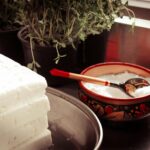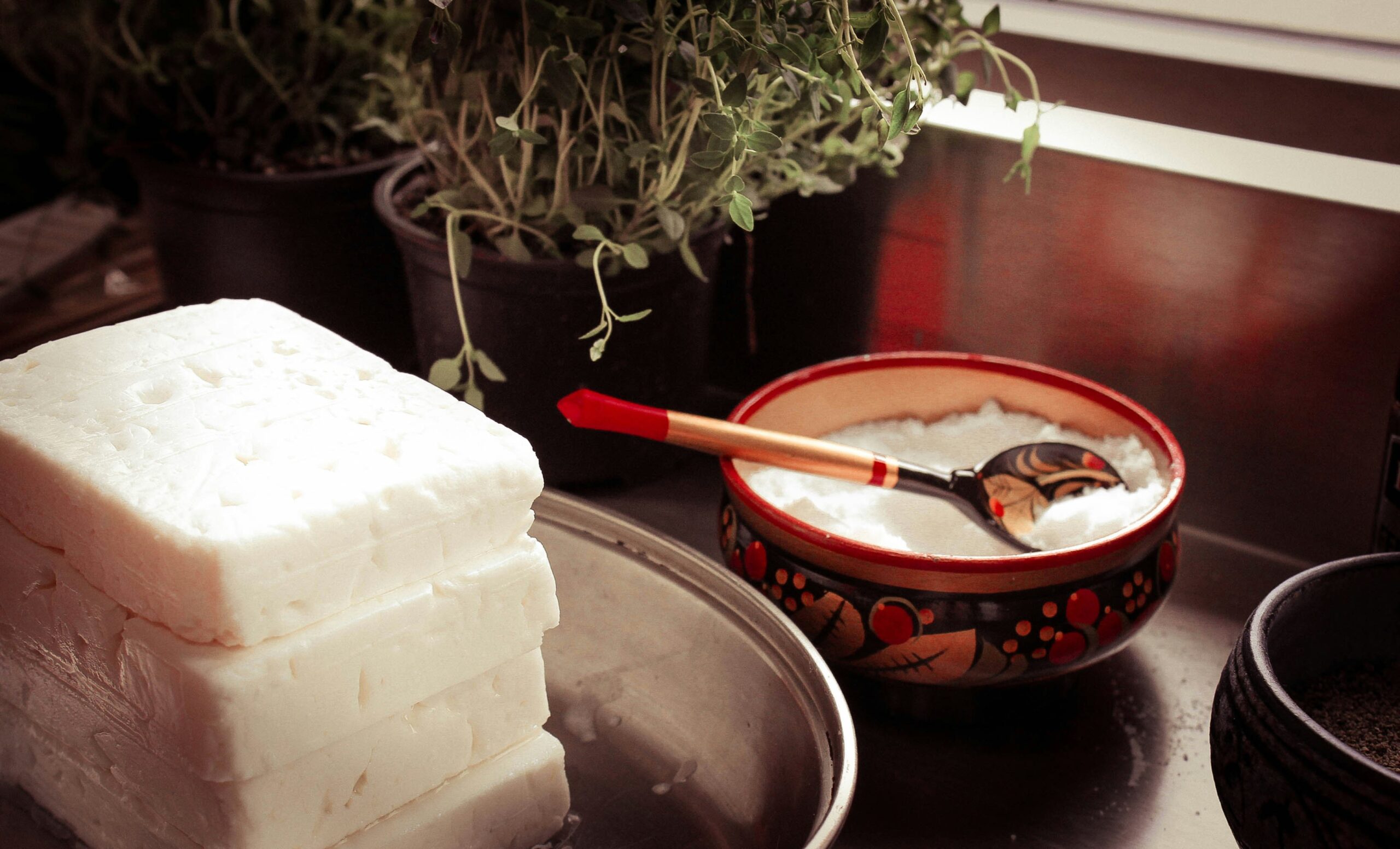How to Remove Old Alligatored Shellac from an Antique Clock Case
Restoring an antique clock case with an alligatored shellac finish can rejuvenate its original beauty and preserve its historical value. Alligatoring refers to the cracking and crazing of the finish, resembling an alligator’s skin, often due to age, environmental factors, or incompatible finish layers. Removing this deteriorated shellac requires careful techniques to avoid damaging the underlying wood.
Understanding Alligatored Shellac
Shellac, a natural resin secreted by the lac bug, has been used as a wood finish for centuries. Over time, exposure to heat, moisture, and UV light can cause the shellac to harden and crack, leading to an alligatored appearance. This not only diminishes the aesthetic appeal but can also expose the wood to potential damage.
Preparation and Safety Measures
Before beginning the restoration process, gather the necessary materials:
- Denatured alcohol
- Fine steel wool (#0000 grade)
- Soft, lint-free cloths
- Protective gloves
- Safety goggles
- Adequate ventilation (work in a well-ventilated area)
Safety is paramount. Denatured alcohol is flammable and emits fumes; ensure good ventilation and keep away from open flames. Wearing protective gloves and goggles will protect your skin and eyes from potential irritation.
Step-by-Step Removal Process
- Testing the Finish: Before proceeding, test a small, inconspicuous area of the clock case to confirm that the finish is shellac. Apply a small amount of denatured alcohol with a cotton swab; if the finish dissolves or becomes tacky, it’s shellac.
- Applying Denatured Alcohol: Moisten a piece of fine steel wool with denatured alcohol. Gently rub the alligatored areas in the direction of the wood grain. The alcohol will dissolve the old shellac, allowing it to be removed or redistributed.
- Removing the Dissolved Shellac: As the shellac softens, use a soft, lint-free cloth to wipe away the residue. For intricate areas or carvings, a soft-bristle brush can help reach crevices.
- Repeating as Necessary: Depending on the severity of the alligatoring, multiple applications may be required. Always work patiently to avoid damaging the wood.
- Final Cleaning: Once the old shellac is removed, wipe the surface with a clean cloth dampened with denatured alcohol to remove any remaining residue. Allow the wood to dry thoroughly.
Refinishing the Clock Case
After removing the old shellac, the wood is ready for refinishing:
- Sanding (If Necessary): Lightly sand the surface with fine-grit sandpaper (220-grit) to smooth any imperfections. Be cautious not to over-sand, especially if the clock has veneer.
- Applying New Shellac: Prepare a fresh shellac mixture or use a pre-mixed solution. Using a high-quality brush or a lint-free cloth, apply thin, even coats in the direction of the grain. Allow each coat to dry before applying the next.
- Buffing Between Coats: Between coats, lightly buff the surface with fine steel wool to ensure a smooth finish. Wipe away any dust with a clean cloth.
- Final Polishing: Once the desired number of coats is achieved (typically 2-3), and the finish is dry, buff the surface one last time and apply a quality furniture wax for added protection and sheen.
Expert Insights
According to the National Association of Watch and Clock Collectors (NAWCC), using denatured alcohol to dissolve old shellac is a preferred method among restorers. They also suggest that for minor alligatoring, smoothing the finish with pumice and linseed oil can be effective
Additionally, experts advise against using harsh chemical strippers, as they can damage the wood and remove patina that adds to the clock’s character. Mechanical methods, like sanding, should be approached with caution to avoid over-thinning the wood or veneer.
Conclusion
Restoring an antique clock case with an alligatored shellac finish is a delicate process that requires patience and attention to detail. By carefully removing the deteriorated shellac and applying a fresh finish, you can enhance the clock’s appearance while preserving its historical integrity. Always prioritize gentle methods and consult with professionals if uncertain about any step in the process.
FAQs: How to Remove Old Alligatored Shellac from an Antique Clock Case
- What causes shellac to become alligatored?
- Alligatoring occurs due to the natural aging of shellac, exposure to environmental factors like heat and moisture, or applying incompatible finish layers.
- Can I use other solvents besides denatured alcohol to remove shellac?
- Denatured alcohol is the most effective solvent for shellac. Other solvents may not dissolve shellac as efficiently and could damage the wood.
- Is it necessary to remove all the old shellac before refinishing?
- Yes, removing all deteriorated shellac ensures a smooth, even surface for the new finish to adhere properly.
- How can I tell if my clock’s finish is shellac?
- Apply a small amount of denatured alcohol to a hidden area. If the finish dissolves or becomes tacky, it’s likely shellac.
- Can I use a polyurethane finish instead of shellac?
- While possible, using shellac maintains the clock’s historical authenticity and is more in line with traditional finishing methods.











